Oct 28, 2025 10:47 AM
In Memoriam: Jack DeJohnette, 1942–2025
Jack DeJohnette, a bold and resourceful drummer and NEA Jazz Master who forged a unique vocabulary on the kit over his…
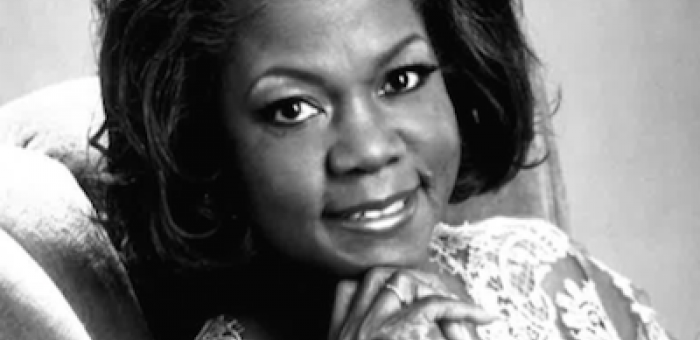
Quincy Jones once described Ernestine Anderson’s voice as the “sound of honey at dusk.”
It was an accurate, evocative description of a vocalist whose career spanned six decades, including a performance at the first Monterey Jazz Festival in 1958, four Grammy nominations and a spot in the Smithsonian Institution’s “Jazz Singers” anthology. Anderson died March 10, at age 87.
Born in 1928, in Houston, Anderson began her professional career when she was 12, after winning a talent contest at Houston’s Eldorado Ballroom. She often said that this experience—which forced her to improvise because she gave the pianist the wrong key—made her realize she was a jazz singer.
In 1944, Anderson’s family moved to Seattle, where she became a fixture on Jackson Street’s after-hours scene, which included Jones, bassist Buddy Catlett and, later, Ray Charles. In 1947, Anderson went out on the road with Los Angeles r&b bandleader Johnny Otis.
“She was out with Johnny Otis and those bands before anybody,” Jones said. “Everyone was in awe of anybody that had gone on the road with a professional band.”
When Otis disbanded the group in Los Angeles, Anderson remained there, recording her first single, “K.C. Lover/Good Lovin’ Babe,” for the Black & White label. In 1952, she began a 15-month tour with Lionel Hampton, whose band at that time included Jones, trumpeter Clifford Brown and alto saxophonist Pony Poindexter and performed at the presidential inauguration of Dwight D. Eisenhower.
Moving to New York, Anderson worked at the Page Three, a nightclub where Sheila Jordan also sang. In 1955, Anderson appeared on two tracks of an album by alto saxophonist Gigi Gryce, Nica’s Tempo, which also featured trumpeter Art Farmer, with whom she later lived for several years.
The following year, Anderson went to Europe, where she recorded with bandleader Harry Arnold for the Metronome label. Championed by San Francisco jazz critic Ralph J. Gleason, Anderson’s album was picked up by Mercury and released in 1958. Hot Cargo netted rave reviews in Time magazine and The New York Times, where critic John S. Wilson compared her to Ella Fitzgerald, though her inspiration was Sarah Vaughan. Anderson’s singing was elegant and pure, with fastidious diction, and she swung effortlessly. The following year, she was toasted by DownBeat as a “new star.”
Anderson released six albums on Mercury. One of the best was Moanin’, Moanin’, Moanin, with its knockout version of “Come Rain Or Come Shine.” But by 1966, with the rock revolution in full swing, Anderson’s star fell and she retired from music.
Three years later, while living in L.A., she discovered Buddhist chanting, which she credited with lifting her out of a severe depression. In 1973, she was coaxed back to performing by Seattle jazz critic Maggie Hawthorn. Eventually managed by Ray Brown, Anderson signed with Concord Jazz. Hello, Like Before came out in 1977 and was followed by more than a dozen albums over the next 15 years, as well as tours in Japan, South America and Europe.
Singing in a more world-wise, raspier and blues-oriented style, Anderson took as her signature song a finger-popping blues recorded by B.B. King, “Never Make Your Move Too Soon.” During this period, Anderson could also still ring the bells of standard ballads like “Skylark” and “Old Folks.”
Anderson left Concord in 1993 and signed to Jones’ label, Qwest, which presented her in a soul-jazz mode, netting Grammy nominations and strong sales for Now And Then (1993) and Blues, Dues & Love News (1996).
Never a bestselling artist, Anderson was consistently praised by critics and was making well-reviewed albums after 2000. In 2015, High Note released a 1962 live recording from Seattle’s Penthouse nightclub, Ernestine Anderson Swings The Penthouse. The album was a keen reminder of how pure and moving Anderson’s voice had been in her early career.
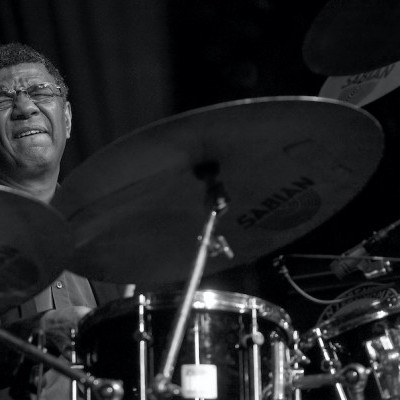
Jack DeJohnette boasted a musical resume that was as long as it was fearsome.
Oct 28, 2025 10:47 AM
Jack DeJohnette, a bold and resourceful drummer and NEA Jazz Master who forged a unique vocabulary on the kit over his…

D’Angelo achieved commercial and critical success experimenting with a fusion of jazz, funk, soul, R&B and hip-hop.
Oct 14, 2025 1:47 PM
D’Angelo, a Grammy-winning R&B and neo-soul singer, guitarist and pianist who exerted a profound influence on 21st…
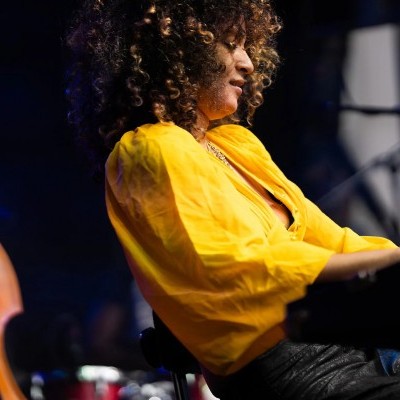
Kandace Springs channeled Shirley Horn’s deliberate phrasing and sublime self-accompaniment during her set at this year’s Pittsburgh International Jazz Festival.
Sep 30, 2025 12:28 PM
Janis Burley, the Pittsburgh International Jazz Festival’s founder and artistic director, did not, as might be…
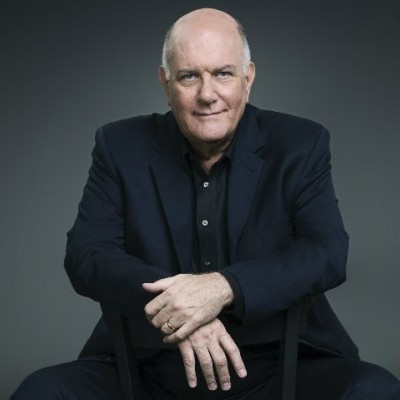
Jim McNeely’s singular body of work had a profound and lasting influence on many of today’s top jazz composers in the U.S. and in Europe.
Oct 7, 2025 3:40 PM
Pianist Jim McNeely, one of the most distinguished large ensemble jazz composers of his generation, died Sept. 26 at…
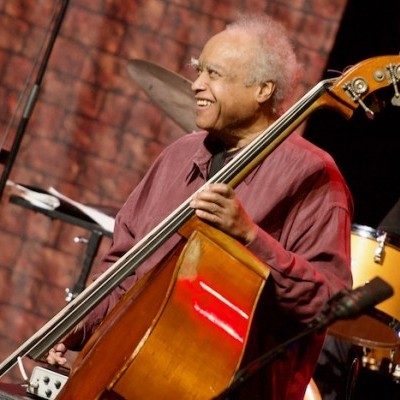
Drummond was cherished by generations of mainstream jazz listeners and bandleaders for his authoritative tonal presence, a defining quality of his style most apparent when he played his instrument unamplified.
Nov 4, 2025 11:39 AM
Ray Drummond, a first-call bassist who appeared on hundreds of albums as a sideman for some of the top names in jazz…